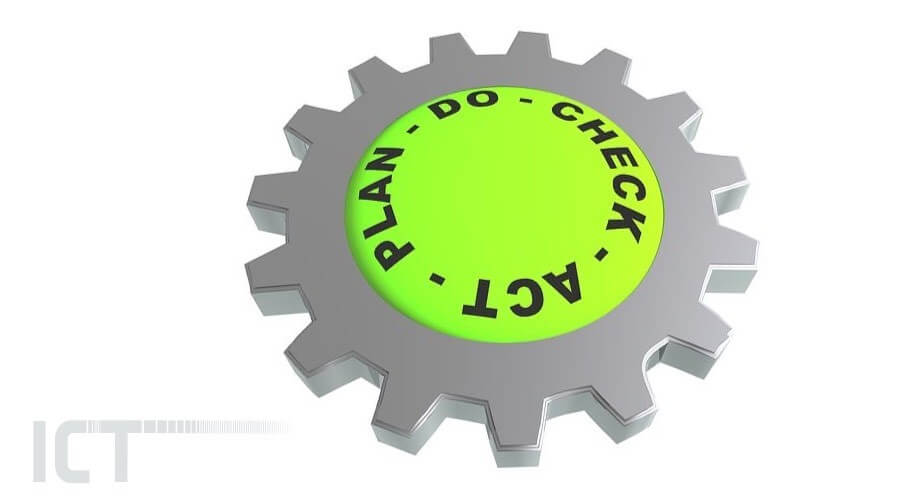Project Management as a key success factor to deploy the Tax Administration strategy

Chapter 14. Implementing information and communication technology projects in tax administrations
ICT as a Strategic Tool to Leapfrog the Efficiency of Tax Administrations
Project management is a necessary discipline for adoption or improvement when it comes to successfully implementing disruptive technologies. Innovative organizations, where technology development is highly prioritized, creating or strengthening technical competencies in project management among its staff, is an extremely relevant effort. Innovators in several industries prioritize the development of project management technical skills and create different resources for their employees to increase their knowledge.
As is mentioned in the PULSE of the PROFESSION “Success in Disruptive Times,” 9.9% of every dollar invested is lost due to poor project management performance. The root causes associated with this statistic are, among others:
The last statements are an invitation to strive to achieve the most efficient use of resources and ensure a set of skills that enable process transformations in the highly dynamic environment ushered in by the digital era.
The tax administrations, the field we work for, is not far from this necessity of improving their capabilities in project management. According to the latest data from the International Survey on Revenue Administration, 78% of the tax administration respondents stated they either use innovative technologies or are planning to do so.
The strategic plan is a significant effort of any organization to define the big lines of how to achieve its mission and vision. Still, it is only paper if we do not execute activities to fulfill what is established. Significant transformations, like the Apple 1, known for being a computer with all the input devices that could be used at home, became a reality thanks to a project directed by Steve Jobs.
As directors or mid-managers of an institution, we must understand that not all the proposals could be executed at the same time because we have limited resources. That’s the reason the organizations have implemented portfolio management processes that help select and authorize the project the organizations need to do in a fixed period.
The project portfolio initiation phase, the stage where selection, and prioritization criteria are established, is of utmost importance with a view to the tax administration’s achievement of results in the implementation of their institutional strategy. This is mainly since, in this phase, work is done on the objective criteria to select the highest value initiatives according to current capacities and environmental conditions.
On the other hand, the main value of the planning phase of the project portfolio is that it defines a combination of the “right” programs and projects within the portfolio, i.e., a selection of prioritized initiatives that lead to fulfilling the organizational strategy, while being technically feasible, posing an acceptable level of risk for implementation purposes and whose cost is justified relative to the benefits they may deliver for taxpayers and the government alike.
To reach the objectives of the portfolio, that we can say are the same as the strategic plan of an organization, corporate governance is needed. For this reason, some organizations implemented 70 years ago a business function commonly called the project management office (PMO), dedicated to:
To implement a PMO in the tax administration, I recommend to follow these steps:
Until now, we know it is important to identify the right projects and to create governance inside the organizations. Still, also we must understand execution has to be on track to ensure waste reduction, and this is achievable with the application of a series of tools and techniques (like the Project Management Institute standards) and gain knowledge of the experience from others. For this reason, I would like to share key aspects about the implementation of ICT projects in tax administrations:
COVID-19 changed the world, and nothing will be the same in the future. Tax administration is facing a scenario were taxpayers demand new services or the currently available needs to be modified to have it online. Besides, our institutions have to solve issues quickly, for example, enabling technology services for its staff to allow them to work from home, with all the changes in cybersecurity it involves.
For sure, it will demand the deployment of new capabilities, and I believe it is a perfect scenario to start or to improve our knowledge and competences in this topic due to we will need projects to face the new normal. I invite you to learn more reading chapter 14 of the book ICT as a Strategic Tool to Leapfrog the Efficiency of Tax Administrations and reviewing the webinar from CIAT called “strategy deployment through project management and organizational change management.”
We have to plan, we have to execute, and we have to be agile.
5,957 total views, 2 views today

1 comment
Thank you for informative post. It is grate post.